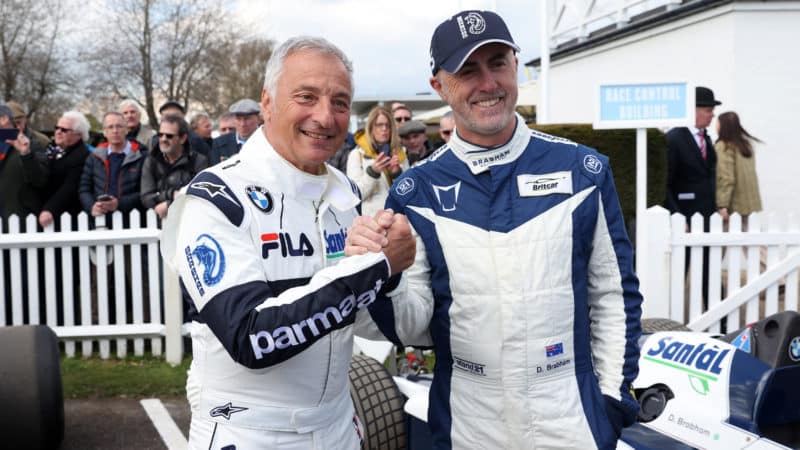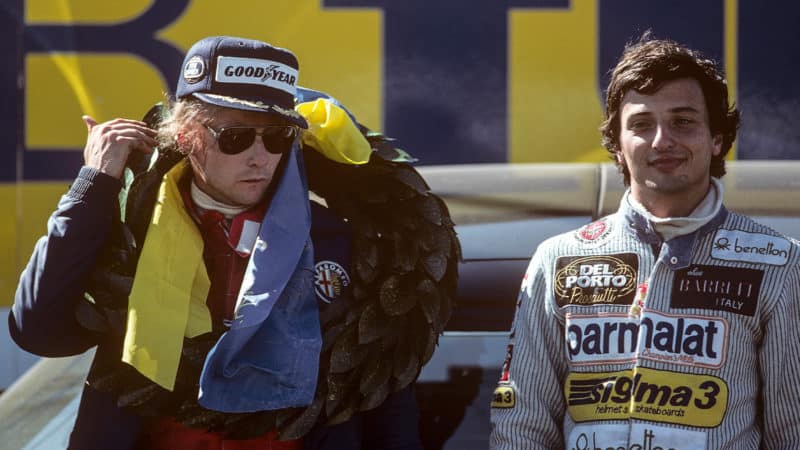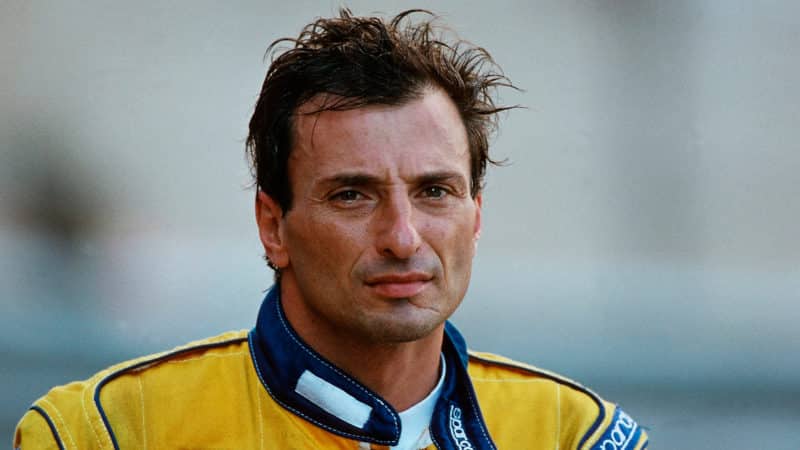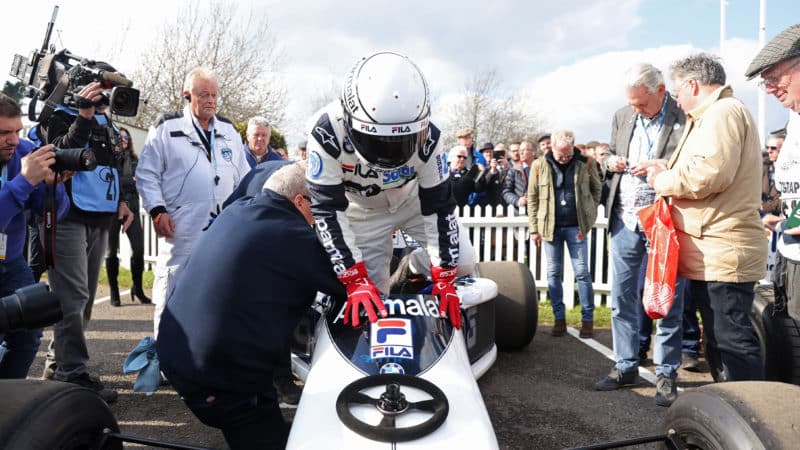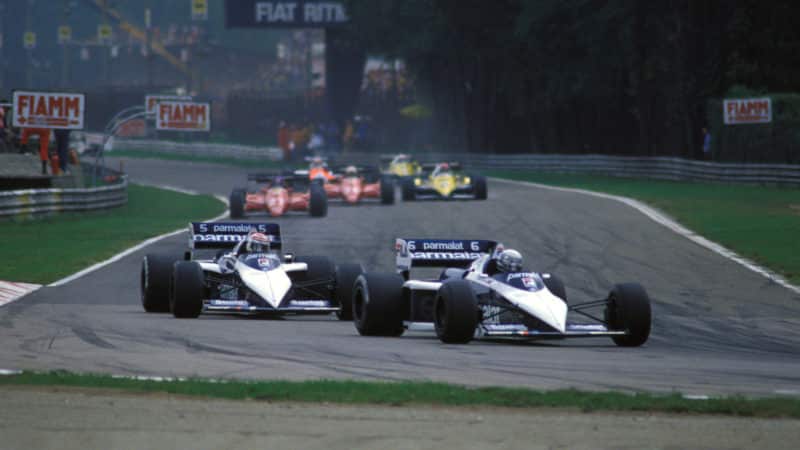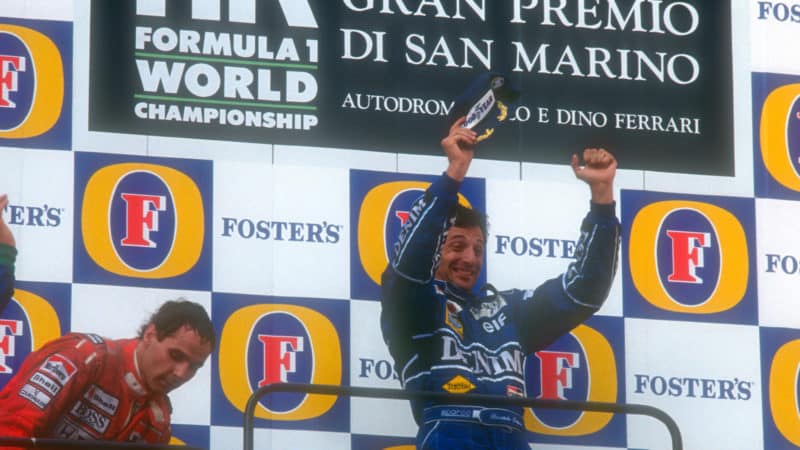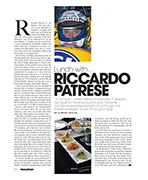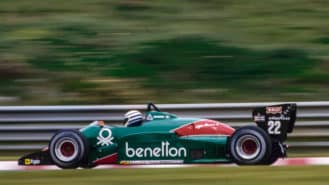For Patrese himself, it appears there are two things he considers to be key to a driver’s career longevity – and both of them are above his distinctive nose. Perhaps he’s right. For Alonso and Hamilton, it might not be their fitness or desire that defines how much longer they go on – but possibly the strength of their eyesight.
“If you have the motivation you can go on,” says Patrese. “I stopped when I was 40 years old, near the same age as Alonso now. If you feel good – good shape and good eyes, with the same motivation – why not?”
But the eyes are key? “I think so, yes.”
Towards the end of his career, Patrese says he noted a change in his night-vision that started to concern him. “Around 1992, ’93 I started to see differently. So I went to check the eyes. The doctor told me you are OK, you have 10 out of 10. But I knew I could see better in the past, so probably when I was younger I must have had vision that was 11 or 12 out of 10! That is the key, I think. If you can see deeper that is one of the reasons why you can be better. I never watched the metre boards at the side of the track, I looked into the corner.”
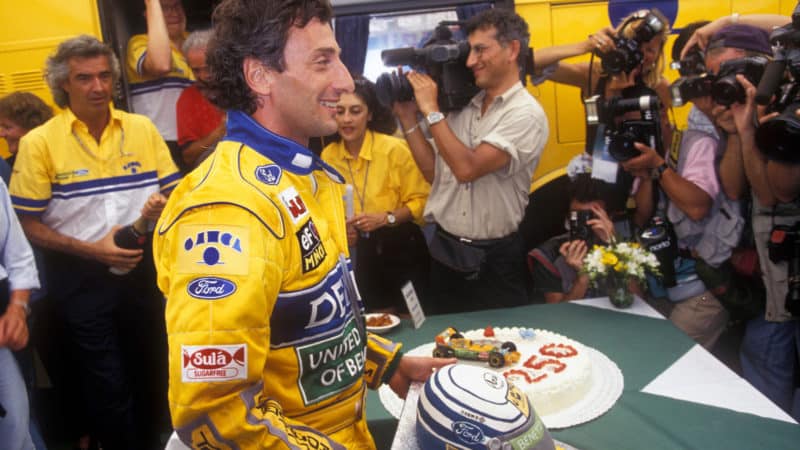
Patrese celebrates his 250th race with Benetton at Silverstone, 1993
Grand Prix Photo
It seems impertinent to linger on his final season, at Benetton in 1993. But still, I can’t help but ask: what went wrong?
Once again, he humours me with good grace. “It didn’t work out because mainly they underestimated the potential of my team-mate, Michael Schumacher,” he answers. “And because the car had quite a lot of trouble and did not work well until the end of the season.
“I did my job, the one they asked me to do, to try to put everything together, because there was the active [suspension], the automatic gearbox, a lot of new things. I came to the team as vice-champion with the best car you could have, from Williams. OK, maybe my performance was not… you know, it was my 17th season in F1. In the end Michael was a little bit quicker, but he was younger and really determined. So Mr Briatore started to say that I had to take my pension because I was old and anybody he could put in the car would perform better than I did! That was mainly the problem. But the problem was also they did not know yet who Michael Schumacher was. In effect the next year they changed between three drivers to replace me.” JJ Lehto, Jos Verstappen and Johnny Herbert all drove the second Benetton in Schumacher’s notorious first title season. “Now we know Michael and who he was, he was outstanding. And don’t forget that season we were together he finished fourth in the championship and I finished fifth, so it’s not that I was nowhere.”
